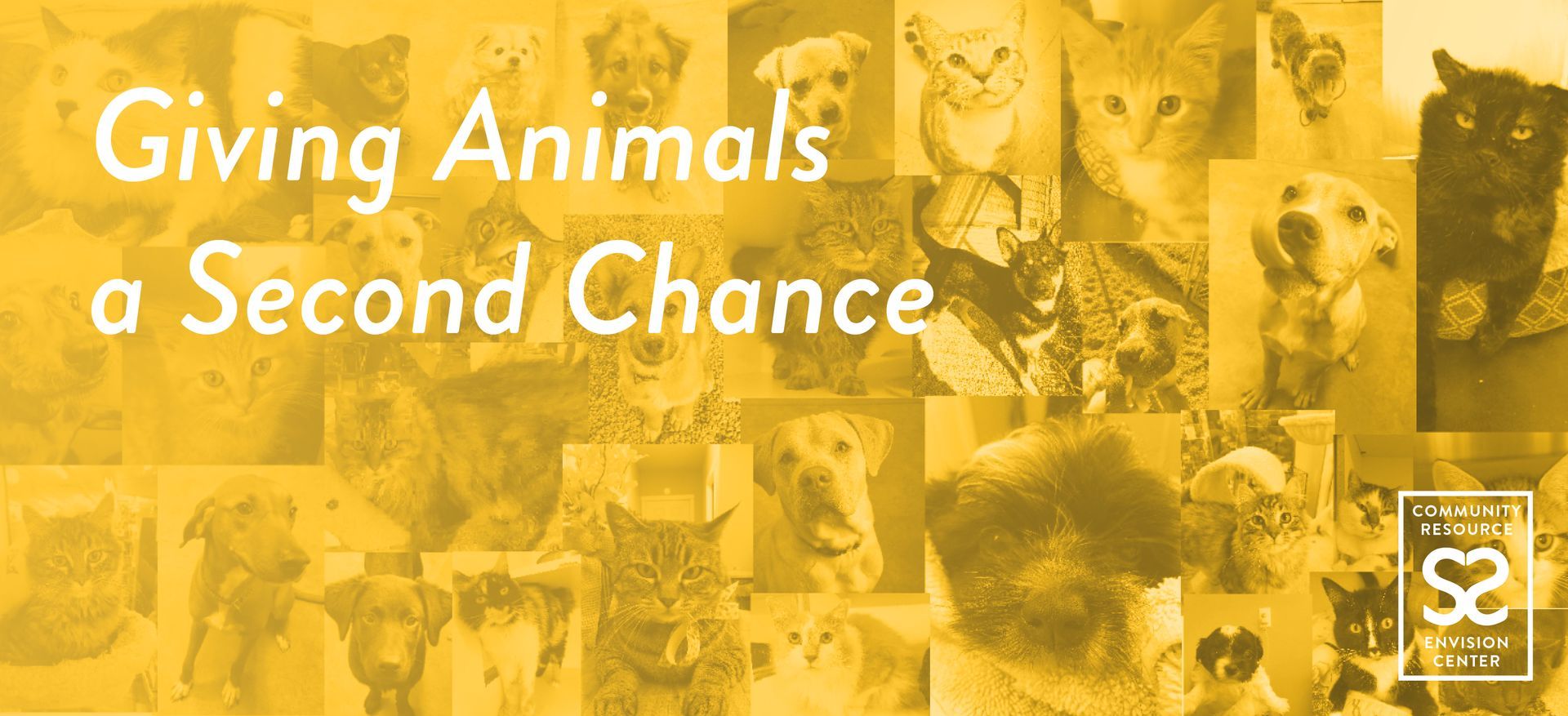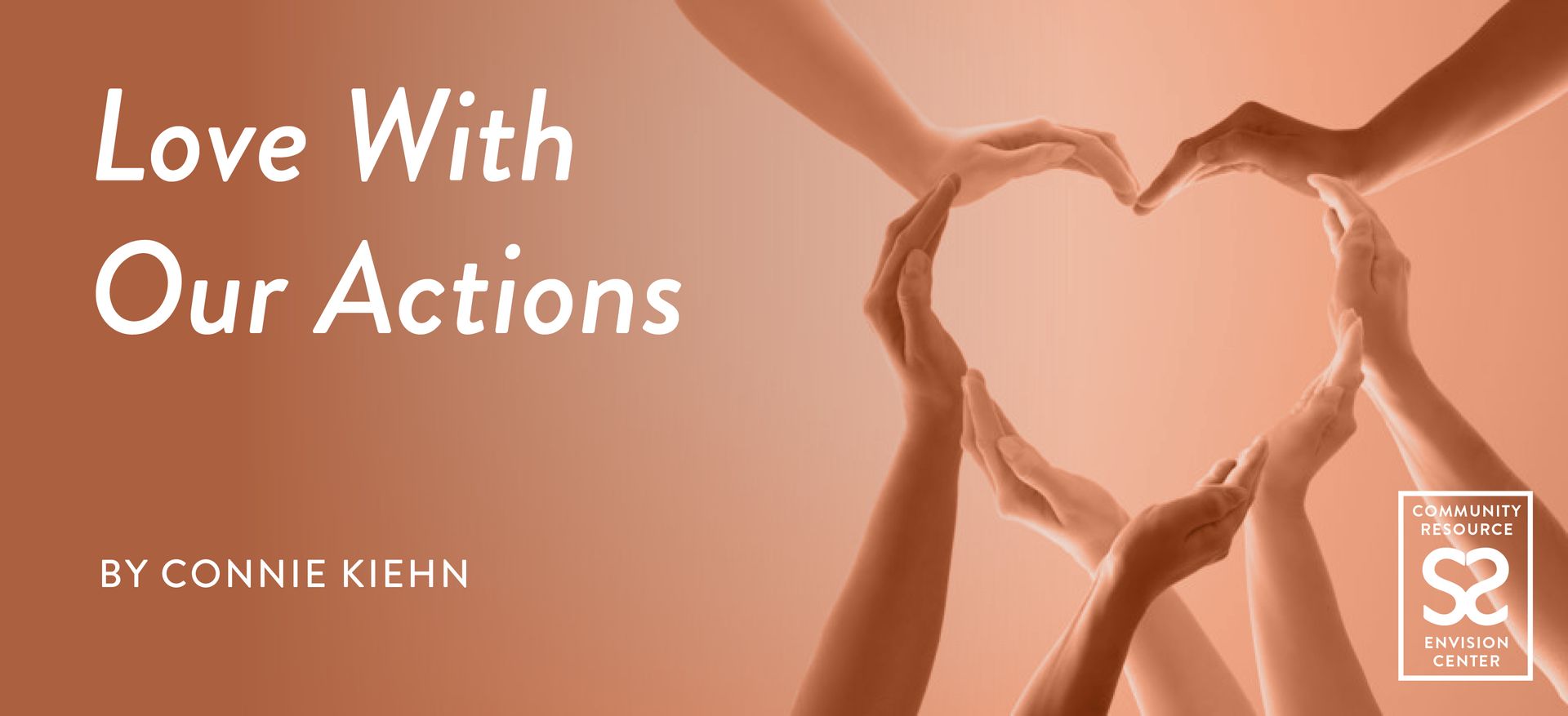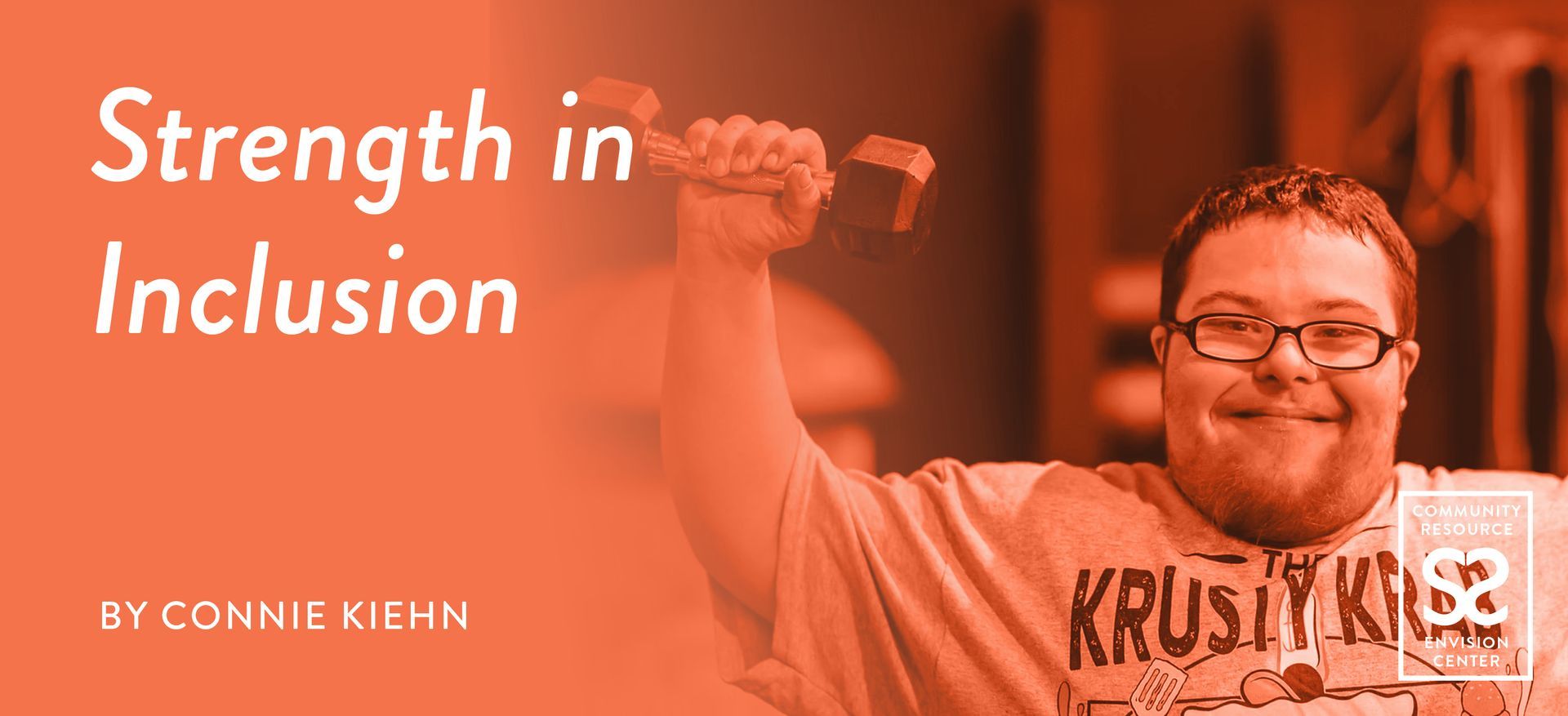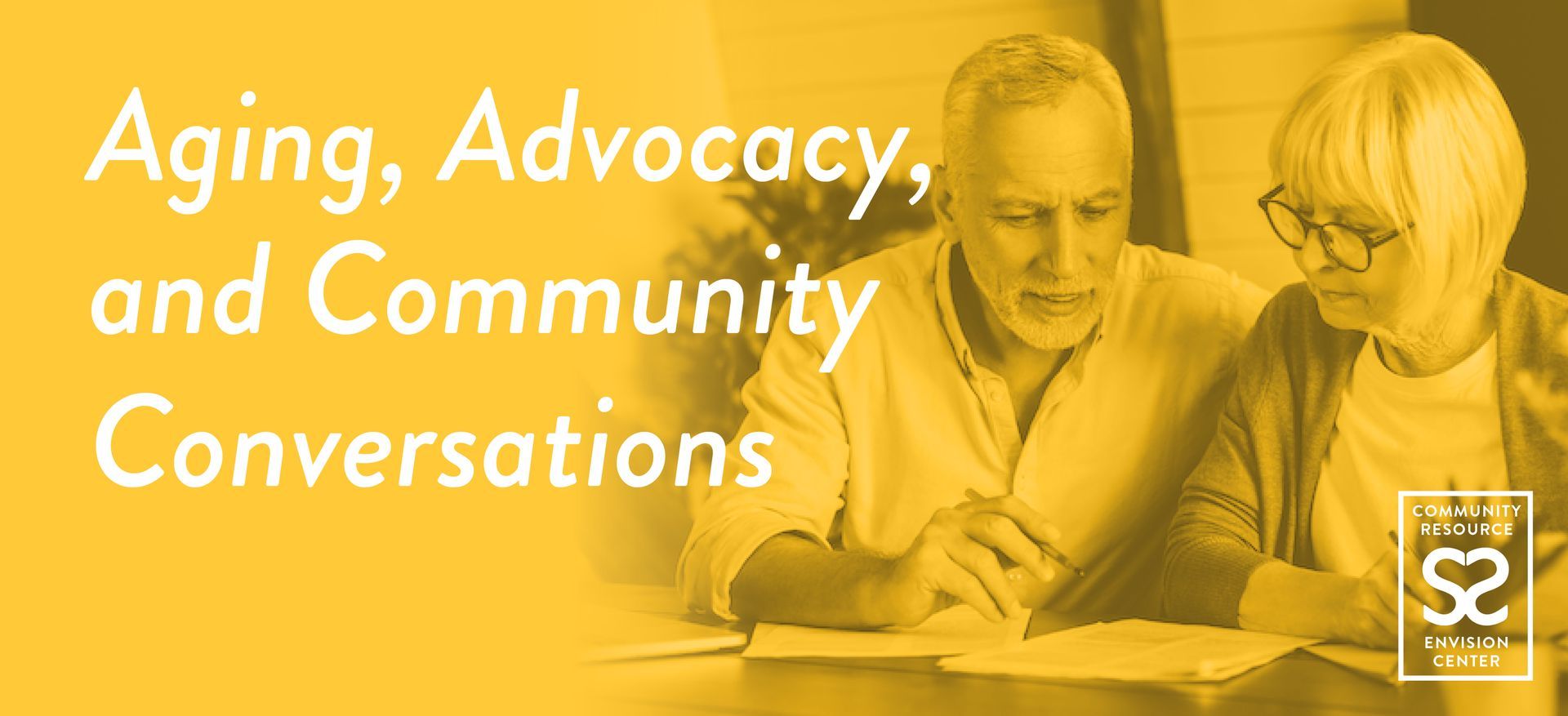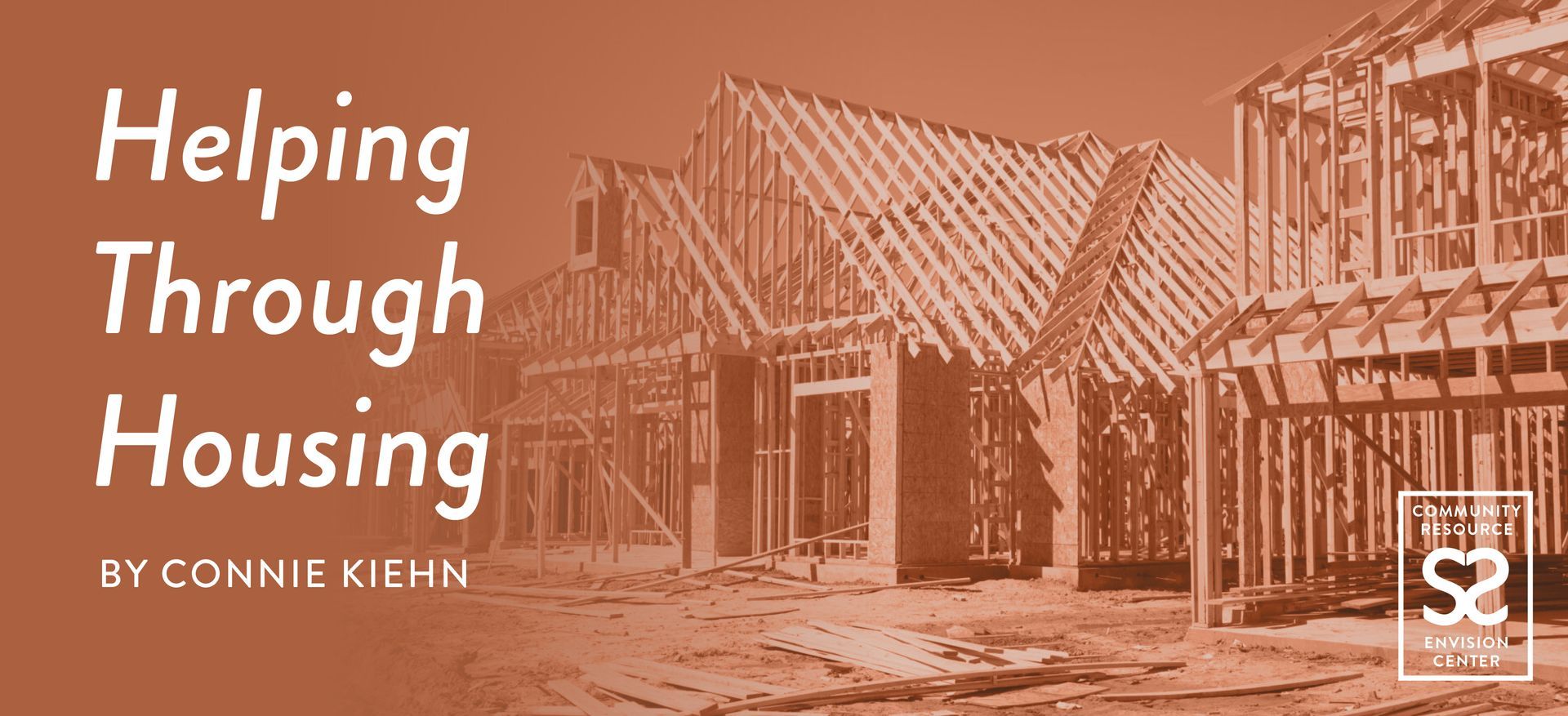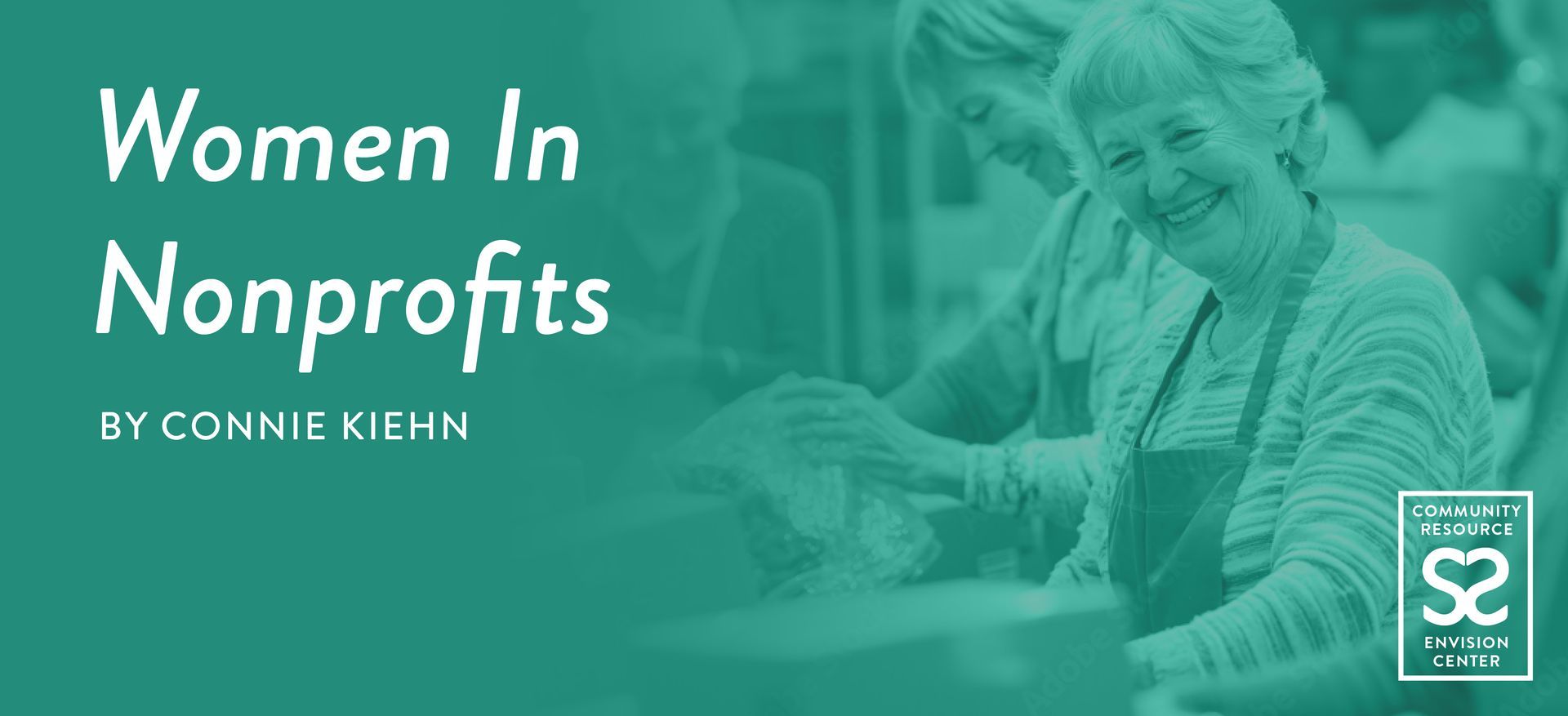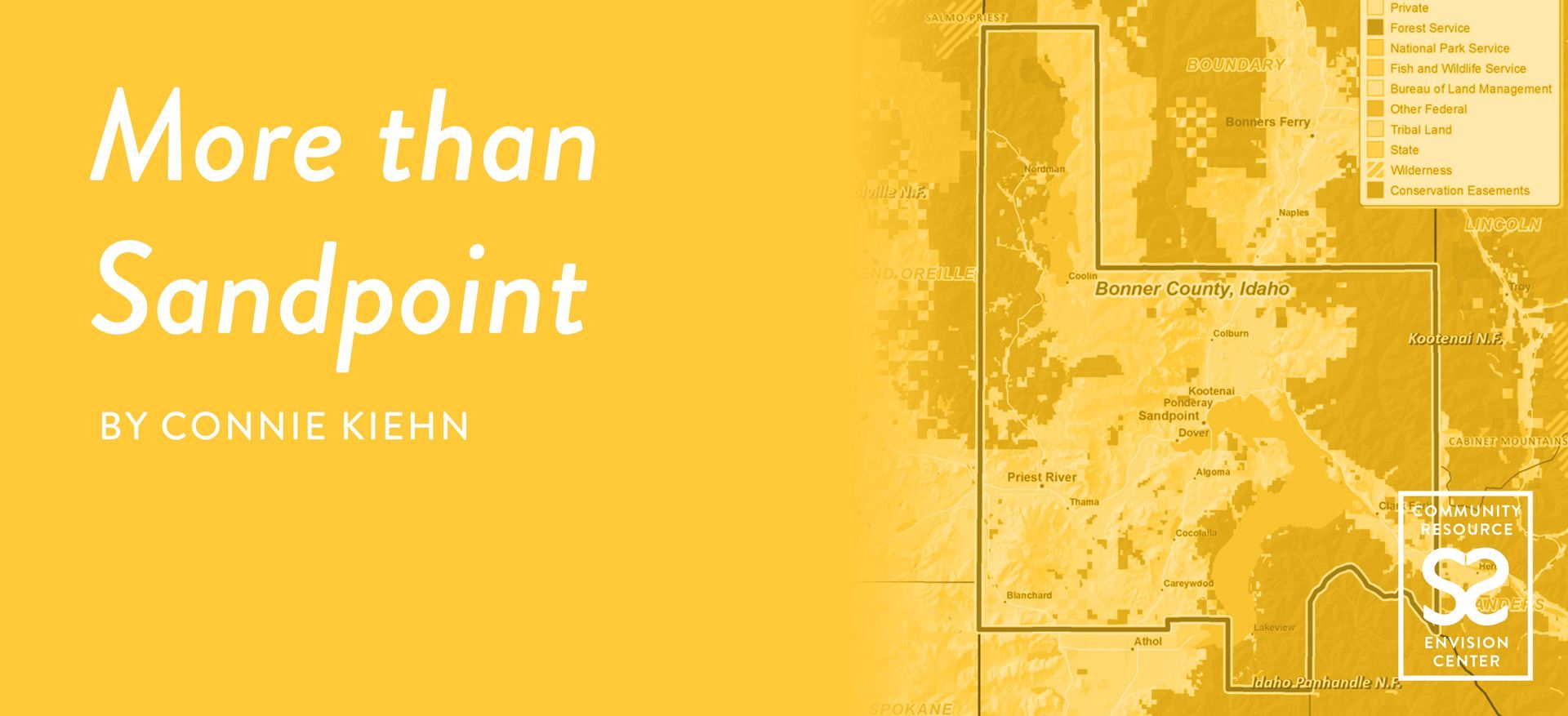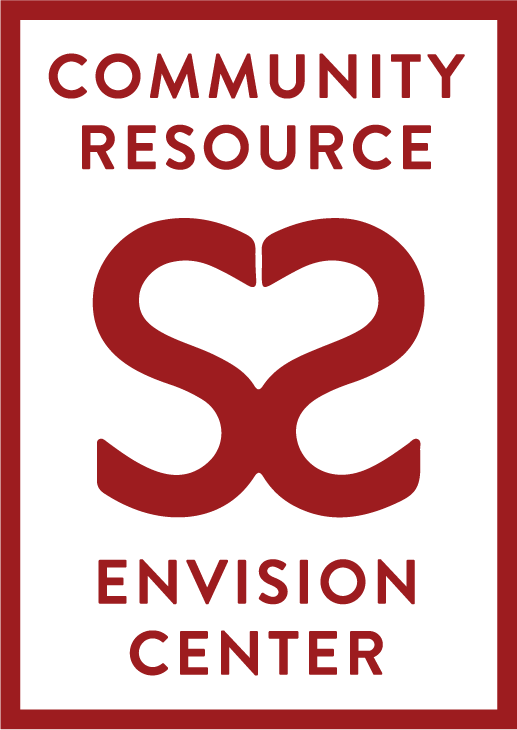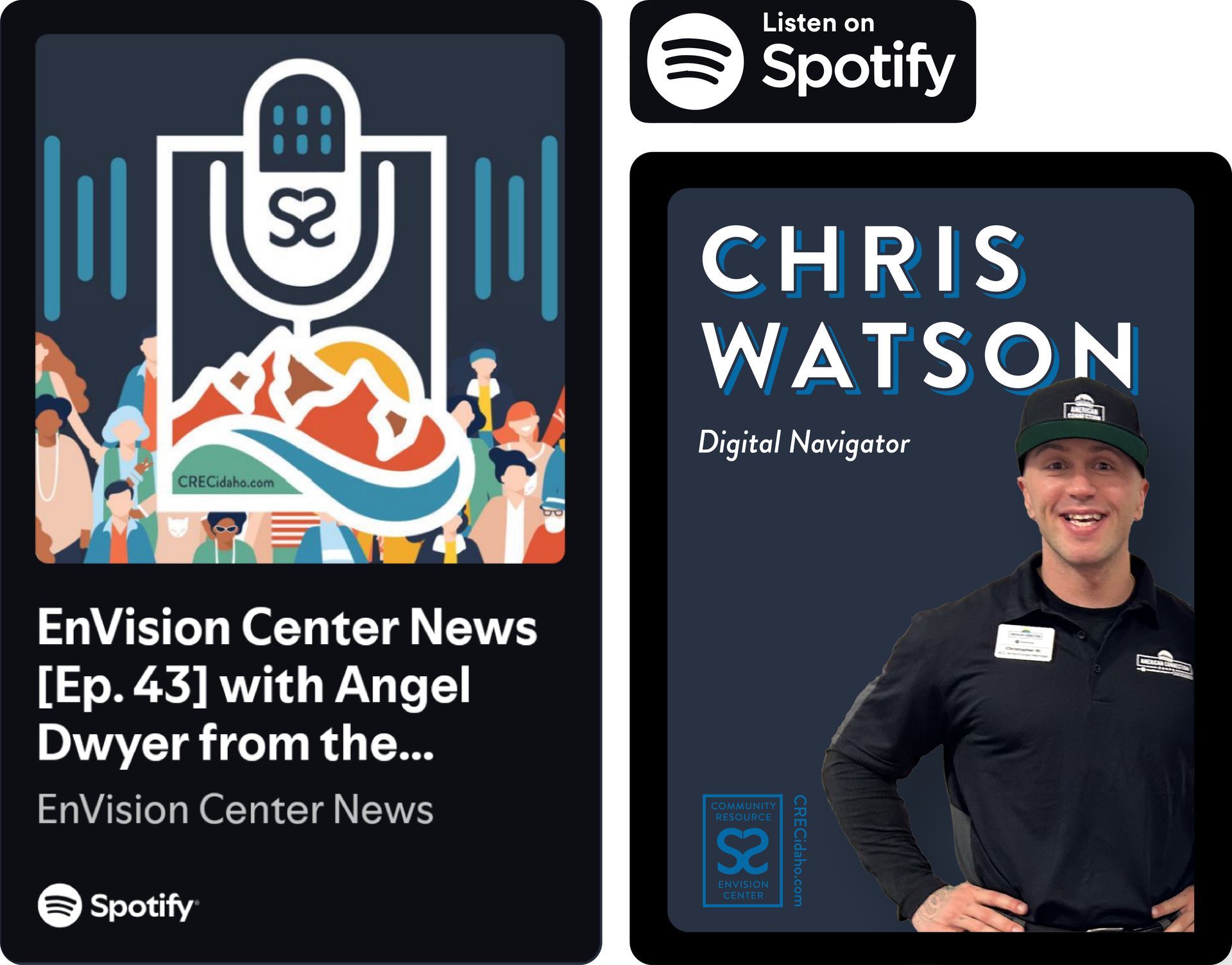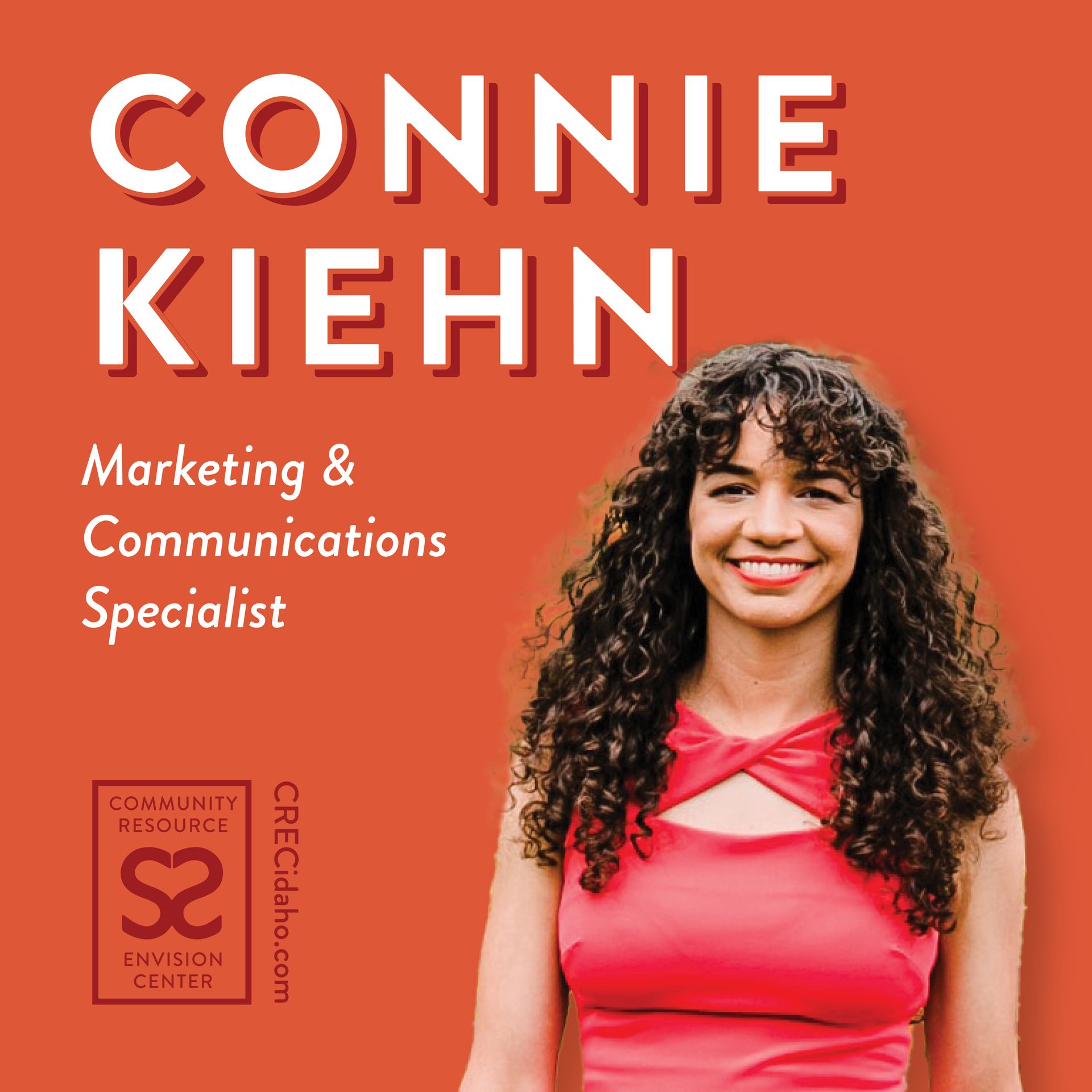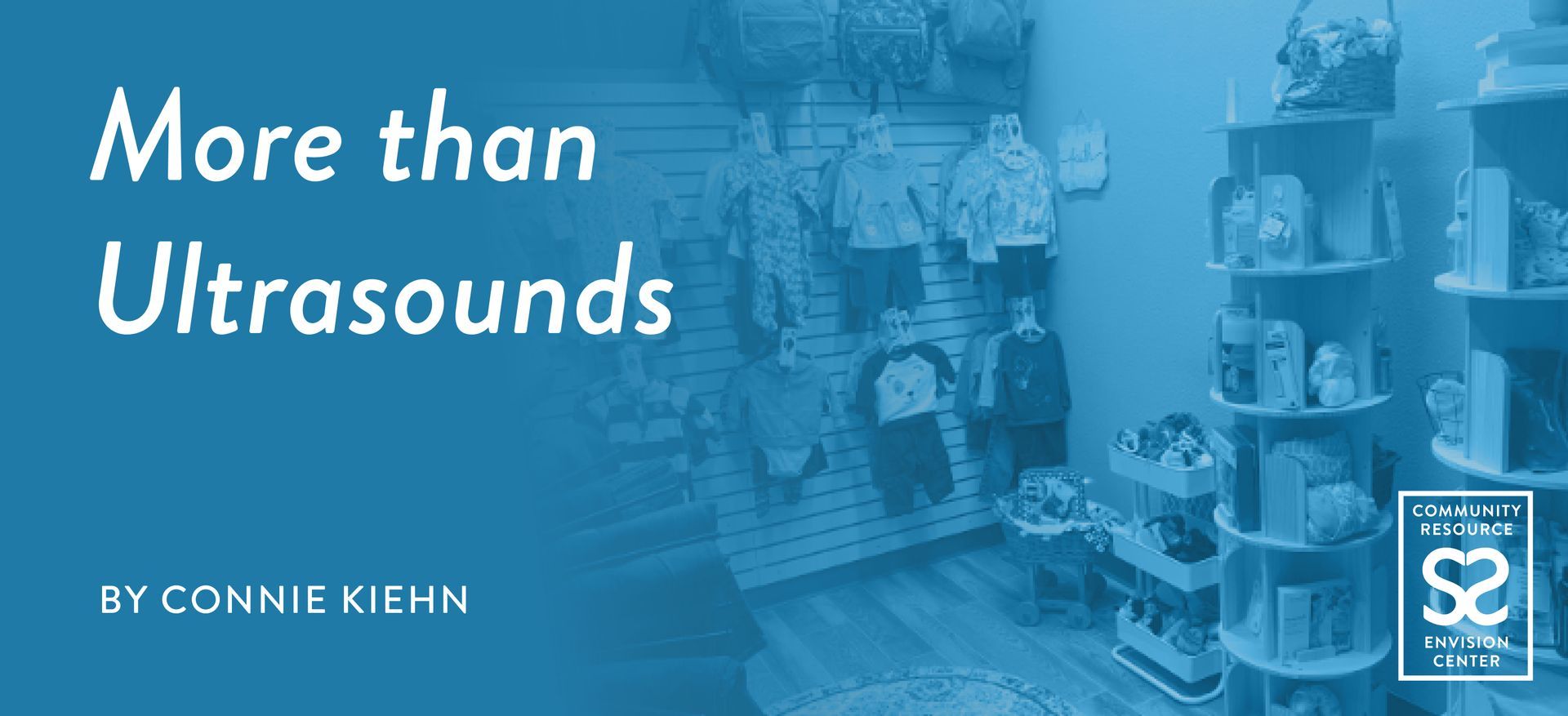
Your Friendly Neighborhood Digital Navigator
Quantifying what our Digital Navigator, Chris Watson, brings to the EnVision Center can be a little tricky. Not because it is especially complex but because there is such a wide variety of tasks and talents he employs here to help clients. We are very fortunate to have access to these skills through his placement with us via AmeriCorps.
To understand Chris's role, it helps to first understand what AmeriCorps does. As Chris explains, the best way to think of AmeriCorps is as a domestic counterpart to the Peace Corps—while the Peace Corps focuses on international aid, AmeriCorps addresses pressing issues within the U.S. like hunger, disaster relief, and illiteracy. Chris is part of the
American Connection
Corps (ACC), a program within AmeriCorps dedicated to closing the digital divide. ACC focuses on providing broadband access and promoting digital literacy, particularly in rural areas. By improving connectivity, the goal is to foster economic development in underserved communities. Chris’s term of service is one year, with the possibility of renewing it for up to four years.
A key idea behind the ACC is that long-term success comes from training local community members, who already understand the culture and have built trust, rather than bringing in outsiders. Chris is a great fit for this model, as he split his childhood between Sandpoint and Coeur d’Alene, giving him deep roots in the area. Ironically, Chris didn’t even know what a Digital Navigator was when he first applied.
“Construction is very physical, and my body was breaking down, so I was looking for a change. I saw the AmeriCorps ad on Indeed and applied on a whim,” Chris recalls.
It turns out that Chris’s role as a Digital Navigator has become a dream job—one he doesn’t want to leave. Digital Navigators come from all walks of life, and the most important qualification isn’t a tech background, but the ability to connect with the community. In exchange for their service, navigators receive a stipend, service hours, and an education award or scholarship. Host sites like the EnVision Center provide mentorship, but other organizations, such as universities and libraries, can also serve as hosts.
Chris has been with the EnVision Center for just over a quarter, and much of his client base comes from word of mouth. He offers both phone and in-person assistance and hosts educational sessions on a range of topics, from using Google Workspace to understanding cybersecurity. Chris also helps clients recognize and protect themselves from phishing scams and identity theft. While his typical clients tend to be older adults, he’s found that even younger people often need help navigating desktop computers and maximizing software capabilities, despite being proficient with phones or tablets.
While assisting with technology, Chris also keeps an eye out for broader ways the EnVision Center can serve clients who come to him for help.
“I try to make a personal connection with people because they’re people first,” says Chris. “I’m here to help, whether it’s with a technology issue or something deeper. It’s about serving the community and giving back. This is my job, and that’s what I do—serve clients.”
At the EnVision center, Chris helped us set up our reader board and get our podcast on Spotify. He has also been instrumental in assisting with grant writing for the EnVision Center, and his contributions extend far beyond just digital support. We are incredibly grateful for Chris’s dedication, and with his continued support, we look forward to expanding our impact and serving even more members of our community.
